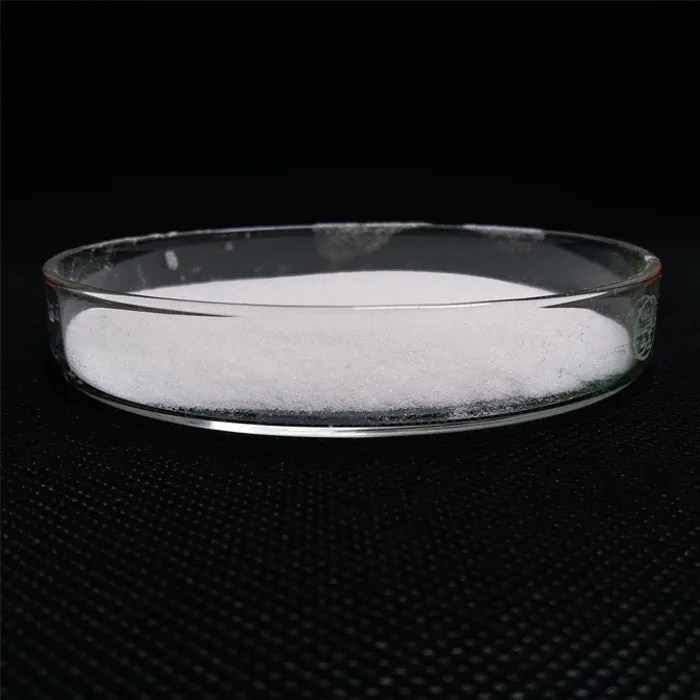Understanding Cationic Polyacrylamide Properties, Applications, and Benefits
Cationic Polyacrylamide (CPAM) is a water-soluble polymer widely used in various industries due to its excellent flocculating and thickening properties. It is synthesized through the polymerization of acrylamide monomers, with the addition of cationic functional groups. This modification enhances its interactions with negatively charged particles, making it highly effective in numerous applications.
One of the primary properties of cationic polyacrylamide is its ability to form stable flocs in aqueous solutions. This characteristic is particularly beneficial in water treatment processes, where CPAM is employed to remove suspended solids and contaminants from wastewater. The positively charged cationic sites on the polymer chain interact with negatively charged particles, leading to agglomeration and easier sedimentation or filtration of impurities. This property makes CPAM invaluable in municipal water treatment facilities and industrial effluent management.
In addition to water treatment, CPAM is also utilized in paper manufacturing, where it acts as a retention and drainage aid
. By enhancing the retention of fine particles and fibers during the papermaking process, cationic polyacrylamide improves the overall quality of the final product. It helps increase the efficiency of the process, reduces water consumption, and minimizes waste generation, thereby contributing to more sustainable production practices.cationic polyacrylamide

Another significant application of CPAM is in the oil and gas industry. It is frequently used in enhanced oil recovery (EOR) operations, where it modifies the viscosity of water-based fluids injected into oil reservoirs. This adjustment improves the displacement efficiency of oil, allowing for greater extraction rates and maximizing resource utilization. The effectiveness of CPAM in EOR makes it a critical material in the quest for energy efficiency and sustainability in fossil fuel production.
Additionally, CPAM finds its uses in agriculture, particularly in soil conditioning and erosion control. By enhancing soil structure, it helps retain moisture and nutrients, thus promoting healthier plant growth. The ability of CPAM to mitigate erosion ensures that agricultural lands remain fertile and productive, contributing to food security.
Despite its numerous benefits, the use of cationic polyacrylamide also comes with environmental considerations. It is essential to use this polymer responsibly and in accordance with safety guidelines, as excessive or improper use may lead to issues related to aquatic toxicity and soil health. Therefore, ongoing research and development efforts aim to optimize CPAM formulations and minimize potential environmental impacts.
In conclusion, cationic polyacrylamide is a versatile polymer with a wide range of applications across different industries. Its ability to flocculate, thicken, and enhance efficiency makes it an indispensable tool in water treatment, paper production, oil recovery, and agriculture. As industries increasingly focus on sustainability and environmental responsibility, the development and application of safer CPAM solutions will remain a significant area of research and innovation.

